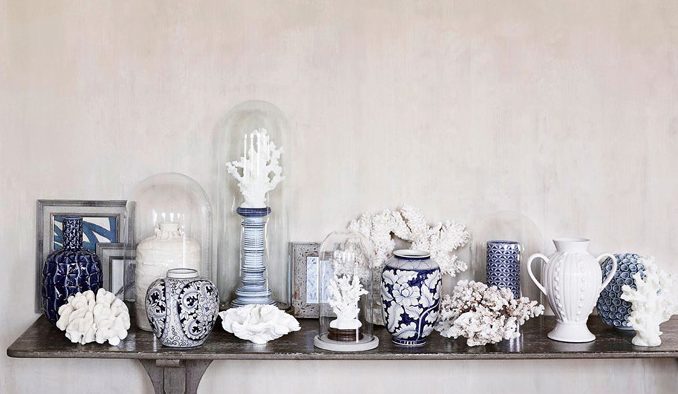The financial crisis, you might think would have dealt a fatal blow to it, but it didn’t. Fundamentally it changed the way we shop and forced the survivors to be more innovative in what they sell. Here are the key factors that have transformed the shopping environment into what it is today. There’s a lot more to it than you think. Prepare to be surprised!
THE FINANCIAL CRISIS
It gave the high street a much needed shake up. Many companies suffered. According to Conlumino, a British retail consultancy, the furniture market- as a result of the closures- is much smaller than it was before the financial crash. However, this sector’s once junior cousin, the furnishings and décor market, is booming. The high street has been quick to react to this change, offering shoppers ever-growing choice.
THE FASHION EFFECT
The closure of big, furniture outlets has led to an exciting revolution on the high street. We now shop for our homes like we do for our wardrobes. You can find upholstered armchairs, smart ottomans, beautiful bar trolleys, and ceramic pottery at a wide variety of different chains including new entrants. It may seem odd to buy your linen sheets at H&M or Zara Home, but these two are really motoring at the moment. Brit retail analyst Verdict Retail explains the logic: Shopping for homewares and clothing involves a very similar mindset; they’re both trend-driven. Traditionally interiors shops only released new products twice a year, but that has changed. Pop in and there are always new bowls or candlesticks. It’s these affordable on-trend brands that are setting the tone for us.
THE HOUSING MARKET
The more people who move house, he more carpets and kitchens sold. So, one of the main effects of the housing market diving in 2011 is the collapse of some furniture chains. There has been a rise in renters, who don’t need new kitchens or carpets, but they do want products that will help them peronalise their space.
STYLE CREDENTIALS
High street brands are harnessing the power of big name brands. You can buy towels and tumblers by Missoni at Target. But while shoppers do like a designer name attached to their homewares, collaborations do not work. In the UK a few years ago, Marks & Spencer released a range by Marcel Wanders, the maverick Dutch designer. No one outside of the design world had heard of him and certainly not the average M&S shopper who has popped across from the shoe department. The general public are not ware of designers in homeware as they are of their fashion equivalents. Instead, it’s all to do with credibility and associating a brand with fashion ability.
FURNISHINGS NOT FURNITURE
High-street shops are focusing on selling, smaller, decorative items. The financial crisis didn’t destroy the high street- in fact the brands that survived are more vibrant than before. The difference is that we now spend more on the fun, decorative stuff that we do on statement pieces. UK Elle Decoration reports, this area is growing faster than most other sectors of high street, with sales up last year. One of the habits we picked up in the financial crisis and we are holding on to is spending more time in our own homes, entertaining and relaxing. We want stylish ways to spruce up these spaces and an affordable throw is an easier update that investing in a new sofa.


